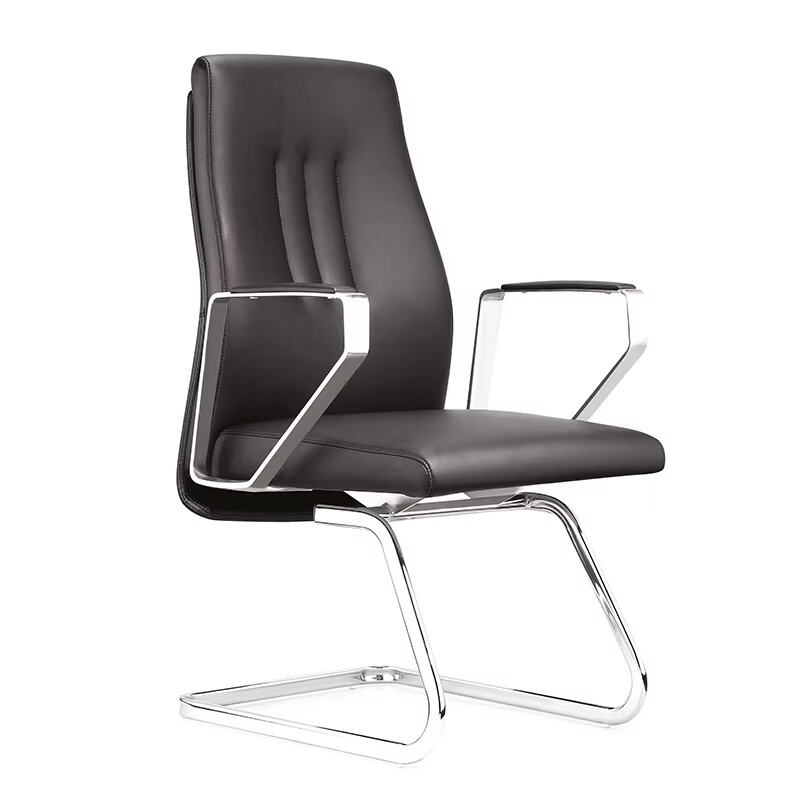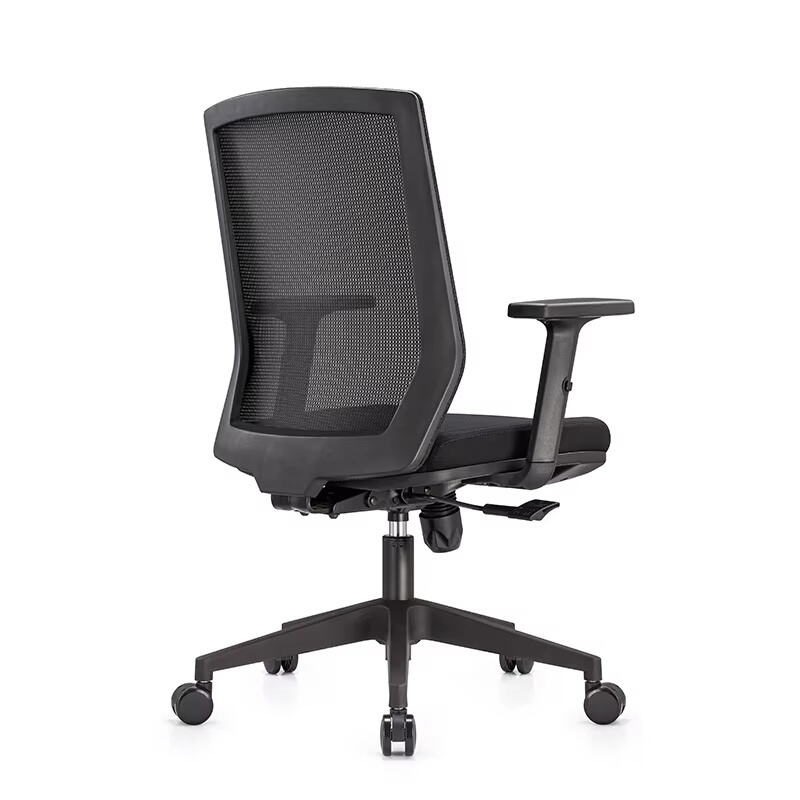
Comfort Matters More Than You Think
Choosing the right office chair is more than just a matter of taste—it directly affects daily productivity, health, and comfort. For professionals spending long hours at a desk, selecting between a fabric office chair and a leather chair can significantly influence how they feel throughout the day and over months or even years. The materials, design, and features all play a role in long-term satisfaction and physical well-being. While leather might have an immediate visual appeal, the long-term comfort of a fabric office chair should not be underestimated.
Material Breathability and Climate Control
Temperature Regulation in Daily Use
One of the key advantages of a fabric office chair is its breathability. Fabric naturally allows more air to pass through, which makes it ideal for temperature regulation. For those working in warm or fluctuating climates, fabric office chairs help prevent the uncomfortable sensation of sticking to the seat. Leather, while stylish, tends to trap heat and can become sticky during warmer months or in high-humidity environments.
Managing Moisture and Sweat
Because fabric is more breathable, it also helps with moisture management. Individuals who perspire more will likely find a fabric office chair more comfortable for long stretches. On the other hand, leather surfaces tend to retain moisture, leading to discomfort during extended use. Over time, this can degrade the leather and reduce its visual appeal.
Texture and Tactile Feedback
Softness vs. Firmness
Fabric office chairs tend to feel softer and more inviting compared to leather chairs, which may have a firmer and slicker surface. The tactile comfort of fabric can make a noticeable difference in day-to-day usage, especially for users who prioritize a cozy seating experience. This can be especially beneficial during long meetings or concentrated work sessions.
Sensory Consistency Over Time
With consistent use, leather can develop creases or become unevenly worn, affecting how it feels. Fabric chairs, especially those made with durable woven materials, often maintain a more consistent texture over time. This makes the fabric office chair a dependable option in terms of comfort maintenance and longevity.
Maintenance and Durability
Cleaning and Upkeep Requirements
Leather chairs often require specific cleaning agents and regular conditioning to maintain their appearance and flexibility. In contrast, a fabric office chair generally needs occasional vacuuming or spot cleaning with mild detergents. While both materials demand care, fabric offers a simpler and more accessible maintenance routine for most users.
Longevity Under Daily Use
Both fabric and leather can be durable, but the quality of construction plays a significant role. Fabric office chairs made with high-quality mesh or tightly woven upholstery resist tearing and wear. Leather can crack and peel over time if not properly cared for. For those looking for a long-term investment without the added responsibility of frequent maintenance, fabric chairs offer an appealing balance between comfort and durability.
Ergonomic Compatibility and Support
Cushioning and Lumbar Support
Ergonomic features often shine through more clearly in a fabric office chair. These chairs tend to come with better-integrated support structures and cushioning tailored for long-term use. The combination of ergonomic design and fabric upholstery enhances user comfort by adapting more readily to body contours.
Flexibility in Adjustment Features
Fabric office chairs often come with adjustable features like headrests, seat depth, armrest positioning, and reclining functions. Leather chairs, particularly those aimed more at executive aesthetics, may sacrifice some of these features in favor of form over function. Users needing a fully adjustable workstation setup often find fabric options more accommodating.

Style Preferences and Professional Appearance
Aesthetic Integration in Workspaces
While leather chairs convey a classic, executive look, fabric office chairs offer more variety in color and texture. This makes them versatile for various workspace designs, from modern and minimalist to creative and dynamic environments. Fabric materials also provide a less reflective surface, reducing visual distractions under bright lighting.
Personalization and Branding Potential
Fabric office chairs can be more easily customized or matched to company branding or personal preferences. With a wider range of patterns and tones available, fabric options often provide a more personalized touch to an otherwise functional piece of furniture.
Environmental and Ethical Considerations
Sustainable Material Options
Many fabric office chair models now use recycled or eco-friendly materials in their construction. Compared to traditional leather—which may involve more environmentally intensive production processes—fabric options can align better with sustainability goals. Some manufacturers also offer fully recyclable components, making fabric choices more ethical.
Animal Welfare and Ethical Sourcing
For buyers who consider animal welfare, fabric office chairs present an obvious advantage. Unlike leather, which involves animal products, fabric materials—especially synthetic or plant-based ones—can be sourced without ethical concerns. This makes them a preferred choice for environmentally and socially conscious consumers.
Cost-Effectiveness and Value
Affordability at Purchase
Fabric office chairs are generally more budget-friendly than leather counterparts. While high-end leather options can come with luxury price tags, quality fabric chairs are available at a broader range of price points. This makes them more accessible to small businesses, home offices, and startups.
Value Retention Over Time
With proper use and care, a fabric office chair can retain its value in terms of functionality and appearance. The minimal maintenance, combined with comfort and ergonomic benefits, ensures that users receive ongoing value from their investment. This long-term value makes fabric options an appealing choice for cost-conscious buyers.
Practical Use in Various Work Environments
Ideal for Shared Office Spaces
In co-working environments or shared offices, fabric office chairs provide comfort and adaptability for different users. Their ease of maintenance and ergonomic support cater to a wide range of body types and workstyles, enhancing collective satisfaction and productivity.
Suitability for Home Office Settings
Fabric office chairs are also a top pick for remote workers. They bring the same supportive features as corporate chairs while offering a more homely and less formal look. Their quiet, non-squeaky surfaces and cozy feel make them suitable for extended home use.
FAQs
Are fabric office chairs more breathable than leather ones?
Yes, fabric office chairs offer better breathability, making them more comfortable for long periods, especially in warmer environments.
How do fabric office chairs compare to leather in terms of durability?
High-quality fabric office chairs are very durable and can withstand daily use without significant wear, provided they are properly maintained.
Is a fabric office chair easier to maintain than a leather chair?
Generally, yes. Fabric chairs can be cleaned with simple household tools, while leather chairs require specialized products and regular conditioning.
Do fabric office chairs support good ergonomics?
Most fabric office chairs are designed with ergonomics in mind, offering multiple adjustable features and supportive cushioning for long-term comfort.











